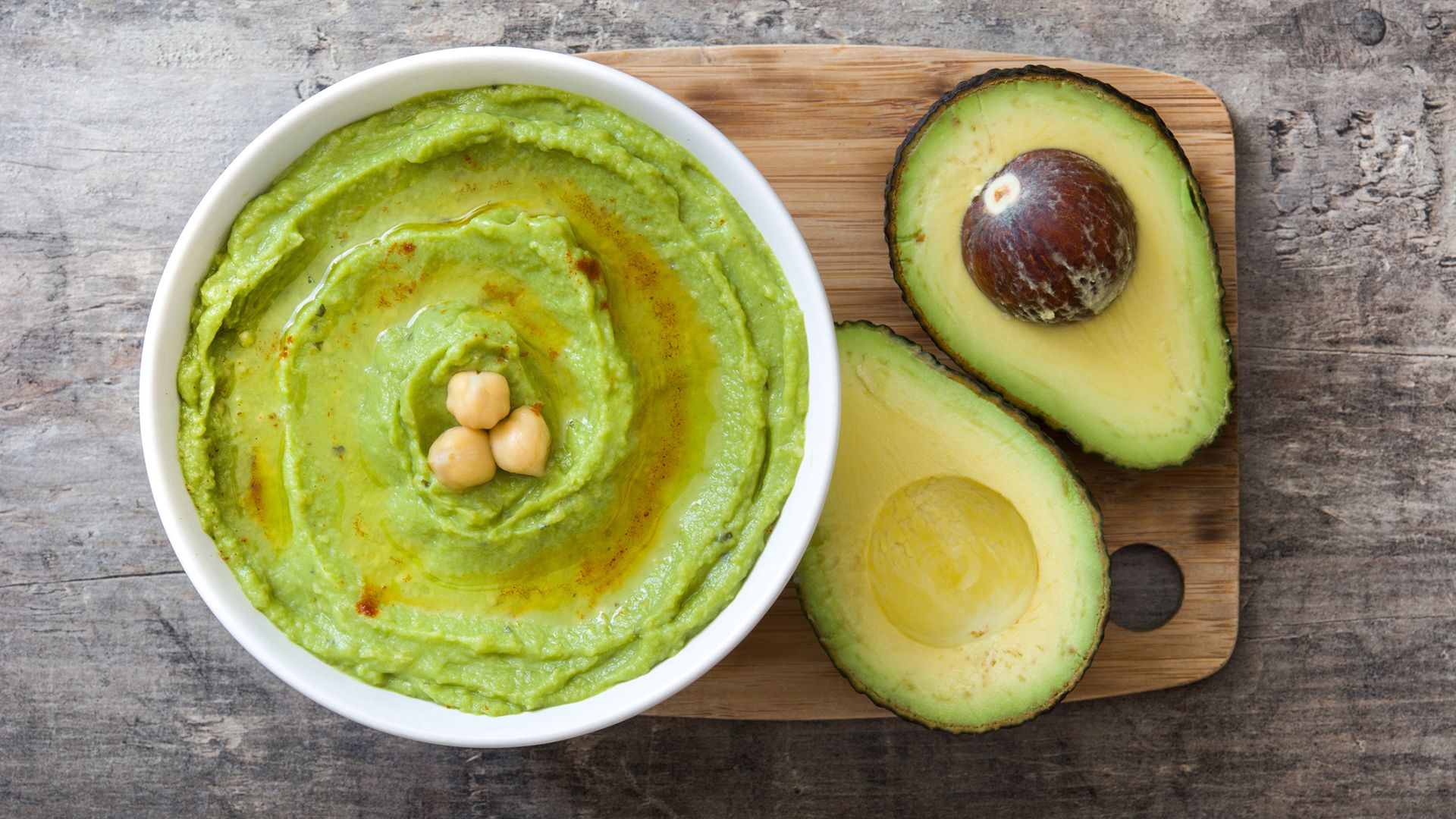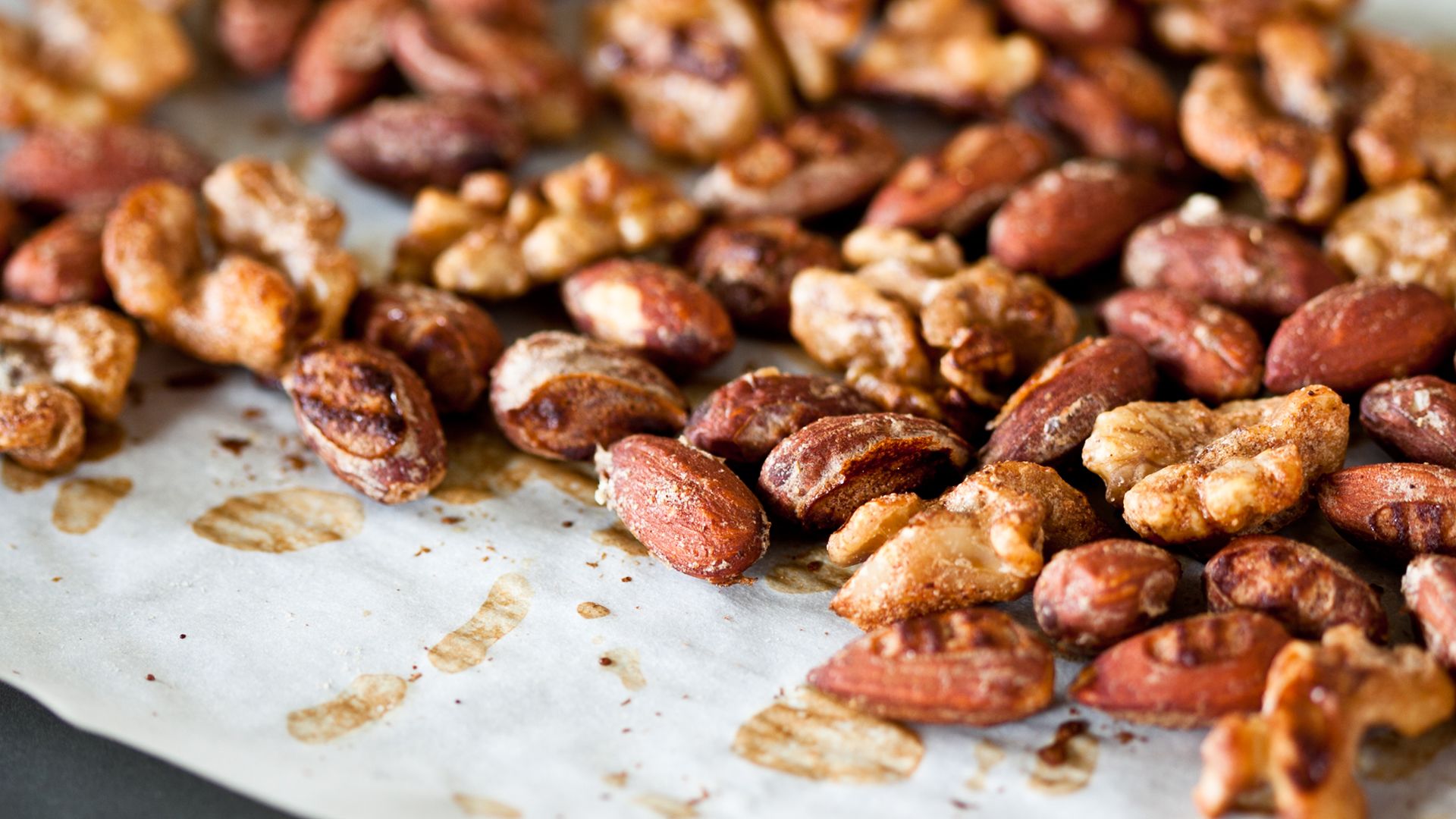Updated on February 25, 2025
If your doctor tells you your cholesterol is high, it may not seem like a big deal. But high cholesterol is a main contributor to heart disease. Too much cholesterol can lead to plaque buildup in the arteries. That plaque can break off, cause clots to form, and ultimately lead to heart attack and stroke. Some 94 million Americans age 20 or older have high cholesterol.
Luckily, treating high cholesterol is simple, but not always easy when lifestyle changes are called for. The first step is knowing if you’re at risk.
Out of your hands
“Genetics are probably the most important risk factor for high cholesterol,” says David Engleman, MD, a cardiologist with Medical City Las Colinas in Irving, Texas. Dr. Engleman explains that your genes control a number of factors related to high cholesterol, or hypercholesterolemia.
“There are a number of known genetic defects that can lead to different types of hypercholesterolemia, and a number of genetic variations—not really defects—that can make people more susceptible,” he says. “There are mutations in certain genes that affect the way cholesterol is metabolized, and defects in the proteins that handle cholesterol in the bloodstream.”
Age and sex also play roles in your risk of high cholesterol. Cholesterol rises with age for both women and men. It’s thought that estrogen helps keep women’s LDL (“bad”) levels down before menopause, but after menopause their LDL levels tend to rise. Men at any age tend to have lower HDL (“good”) cholesterol—a substance in your blood that helps carry cholesterol away from your arteries—than women.
What you can change
Even though you can’t control some risk factors, there are steps you can take to reduce your chances of high cholesterol. “Diet plays a significant role in cholesterol levels and dietary management is still an important part of treatment,” says Engleman. “Although there are genetic causes and contributions, most people can have a significant improvement with dietary changes.”
Getting enough exercise can also improve your cholesterol levels. The Centers for Disease Control and Prevention (CDC) recommends at least 150 minutes of moderate exercise or 75 minutes of vigorous exercise per week. “Exercise can raise your HDL cholesterol levels,” Engleman says.
If you’re a smoker, it’s time to quit, since smoking can increase your risk of plaque buildup and atherosclerosis, constricting the flow of blood to your heart. Type 2 diabetes also damages blood vessels and disturbs your body’s ability to metabolize cholesterol, says Engleman.
Know your risk
High cholesterol can affect anyone, says Engleman. There is no “average” person with high cholesterol. “For someone with limited risk factors, we are going to accept or tolerate higher levels without beginning medications,” Engleman says. “But for someone who’s already showing signs of vascular disease we’ll be much more aggressive.”
Ideal levels are:
- Total: Less than 200 milligrams per deciliter (mg/dL)
- LDL: Less than 100 mg/dL
- HDL: 60 mg/dl or greater
- Triglycerides: Less than 150 mg/dL
High cholesterol treatment
Statins—drugs that slow production of cholesterol in the liver—are the mainstay of cholesterol treatment. But changing your diet and getting enough exercise can be just as important as taking medication, Engleman says. If you have to make adjustments in your lifestyle, Engleman recommends starting with small changes that are more likely to stick. “The key to success is setting goals that are reachable and sustainable, whether it’s with diet, exercise, cholesterol numbers or medication," he says. "Most people can be successful if they have realistic goals and make sustainable changes.”






